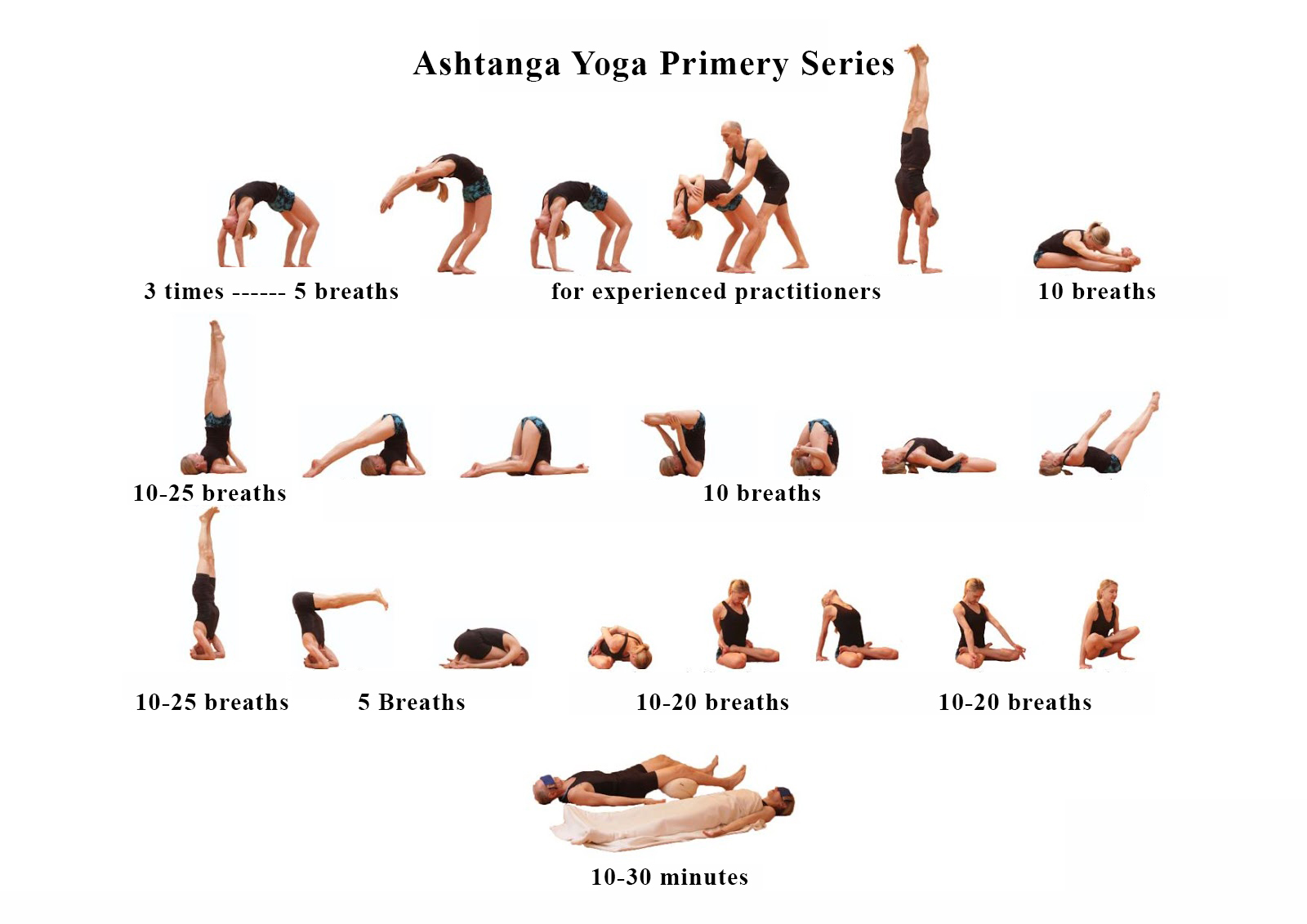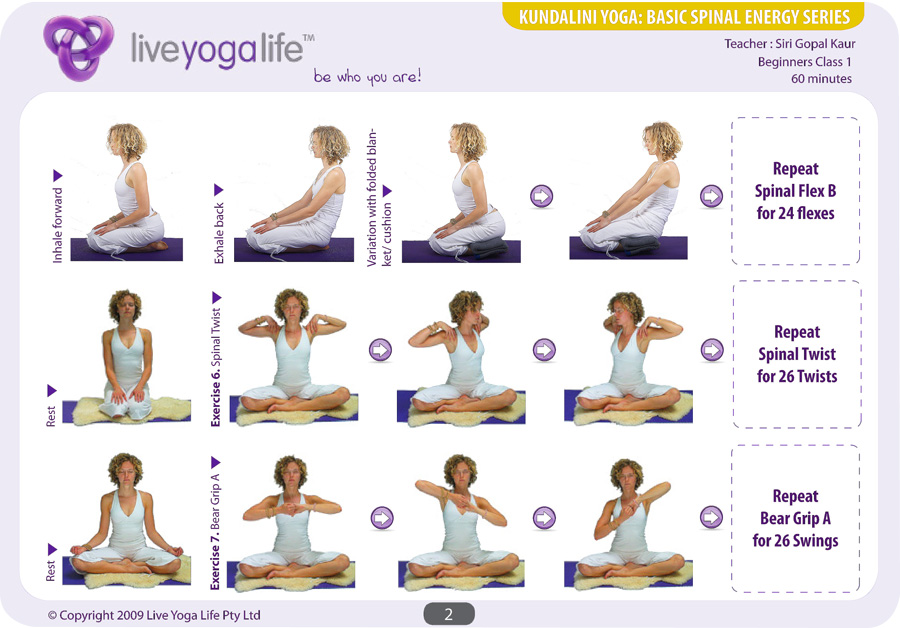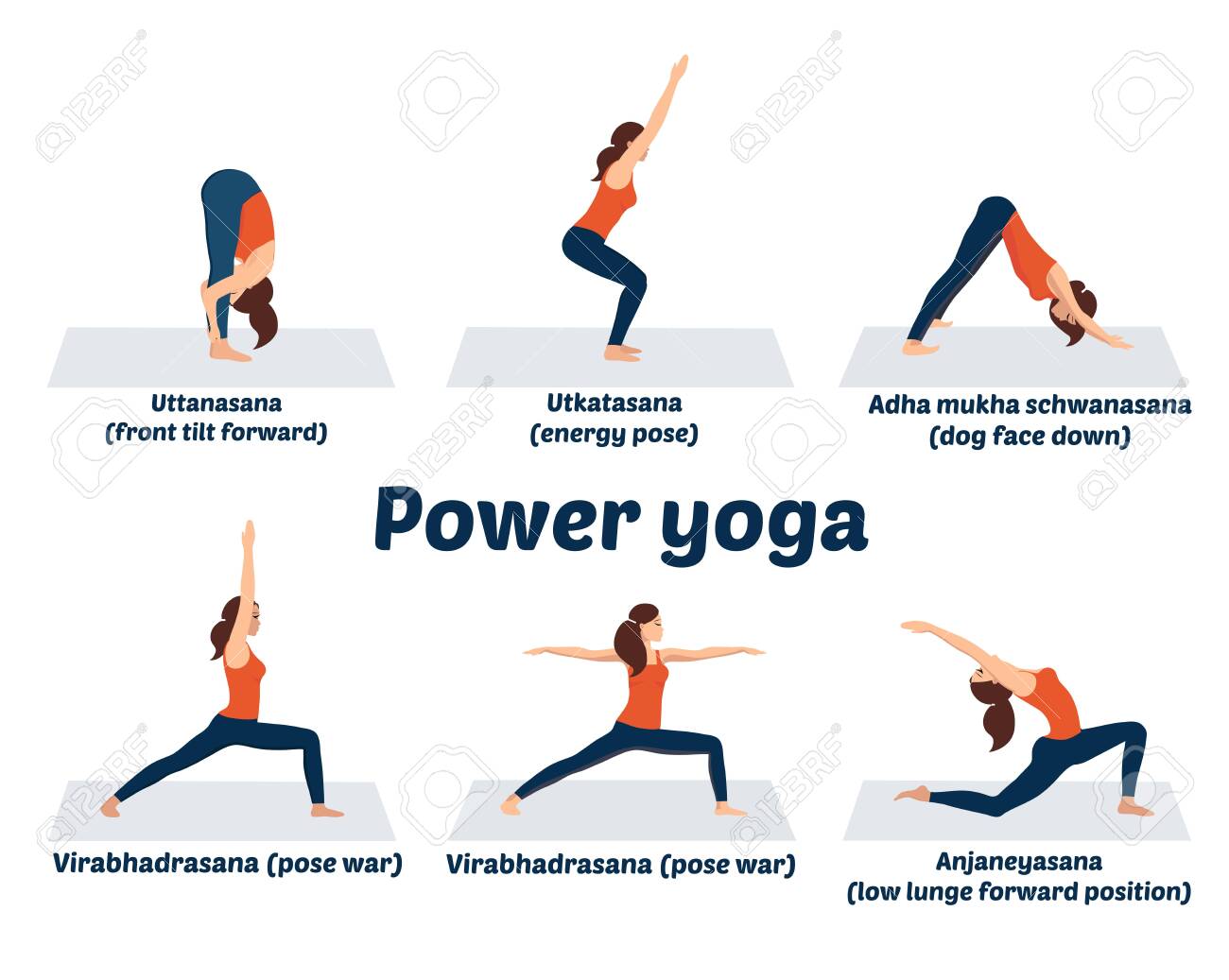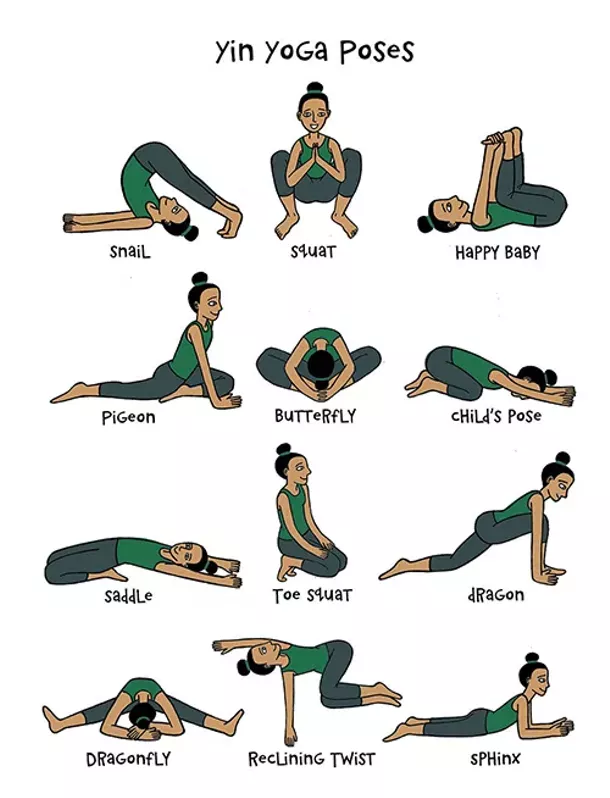Yoga is a group of physical, mental and spiritual practices which originated in India. It is an art and a science. It is a science because it offers practical methods for controlling your body and mind. It is an art, for unless it is practiced intuitively and sensitively it will yield only superficial results. Yoga is not a system of beliefs. It takes into account the influence of your body and mind and brings them into mutual harmony. It is a very ancient science. It is thousands of years old. The perceptions derived from its practice form the backbone of the greatness of India.
Yoga is well known for its postures and poses. Practitioners and followers of yogic tradition also focused on other practices, such as expanding spiritual energy using breathing methods and mental focus. Modern yoga has evolved with a focus on exercise, strength, flexibility, and breathing. It can help boost physical and mental well-being. There are many styles of yoga, and no style is more authentic or superior to another. The key is to choose a type appropriate for your fitness level. Let us have a look at the different types:
1. Ashtanga:

This type of yoga uses ancient yoga teachings. Ashtanga applies six established sequences of postures that rapidly link every movement to breath. This practice is very physically demanding because of the constant movement from one pose to the next and the emphasis on daily practice.
2. Bikram:

Also known as “hot” yoga, this occurs in artificially heated rooms at temperatures of nearly 105 degrees and 40 percent humidity. It consists of 26 poses and a sequence of two breathing exercises. The heat makes you sweat excessively thereby getting your body rid of toxins while the postures work every part of your body and bring oxygenated blood to all your internal organs.
3. Hatha:

This is the yoga that teaches physical postures. “Hatha” classes usually serve as a gentle introduction to the basic yoga postures. It also includes some essential relaxation techniques.
4. Iyengar:

This type focuses on finding the correct alignment in each pose. This yoga improves stability, mobility , strength and flexibility.
5. Jivamukti:

Jivamukti means “liberation while living.” It incorporates spiritual teachings and practices that focus on the fast-paced flow between poses rather than the poses themselves. This focus is called vinyasa.
6. Kripalu:

This type teaches practitioners to know, accept, and learn from the body. The focus of the practice is less on hectic asanas but on self-reflection, pranayama, deep relaxation, and meditation. The aim is to de-stress the mind and body for better health and self-awareness.
7. Kundalini:

Kundalini means “coiled, like a snake.” Kundalini yoga is a system of meditation that aims to release pent-up energy. The whole point if this style is to release the kundalini energy that is in the lower spine. This style is for those who are looking for more than a workout.
8. Power:

In the late 1980s, practitioners developed this active and athletic type of yoga, based on the traditional ashtanga system.
9. Sivananda:

This is a system based on a five-point philosophy. This philosophy maintains that proper breathing, relaxation, diet, exercise, and positive thinking work together to form a healthy yogic lifestyle.
10. Viniyoga:

Viniyoga teachers require in-depth training and tend to be experts on anatomy and yoga therapy. The pace is quick and you will not have to hold any one pose for too long. The key is to flow from one pose to the next so your heart rate gets pumping. These poses are great if your aim is to tone your body. It also works your core and upper body and gives you a cardio workout.
11. Yin:

This is a quiet, meditative yoga practice.. Yin yoga allows the release of tension in key joints, including:
- the ankles
- knees
- hips
- the whole back
- neck
- shoulders
Yin poses are passive, meaning that gravity shoulders most of the force and effort. There are also a lot of seated postures and a focus on spirituality, inner peace and relaxation. By holding poses for a longer time, you stretch your connective tissue and make it more elastic. You also improve blood circulation and the energy in your body. This style is often practiced in a heated room to help your muscles become more elastic.
12. Prenatal:

Prenatal yoga uses postures that practitioners have designed for people who are pregnant. It can support people in getting back into shape after pregnancy as well as supporting health during pregnancy. This kind of yoga works your pelvic floor muscles and teaches you breathing exercises that ease labour and delivery.
13. Restorative:

This is a relaxing method of yoga. Restorative yoga postures are meant to relax and rejuvenate. This practice helps you tap your parasympathetic nervous system so that you can truly relax your mind and body deeply. If you are struggling with insomnia, anxiety, stress-related illnesses, then you should definitely try restorative yoga.
Wrapping Up
At the time of a pandemic, we are all working from home. This means that we have a lot more time to work on ourselves and our bodies. So why not figure out which style works for you and add yoga to your daily routine. It not only offers physical benefits but also has a lot of mental benefits.
Read more about how yoga can boost your immunity .



Pingback: Dance Exercises | Health | Inspiration | Top 10 | BTP